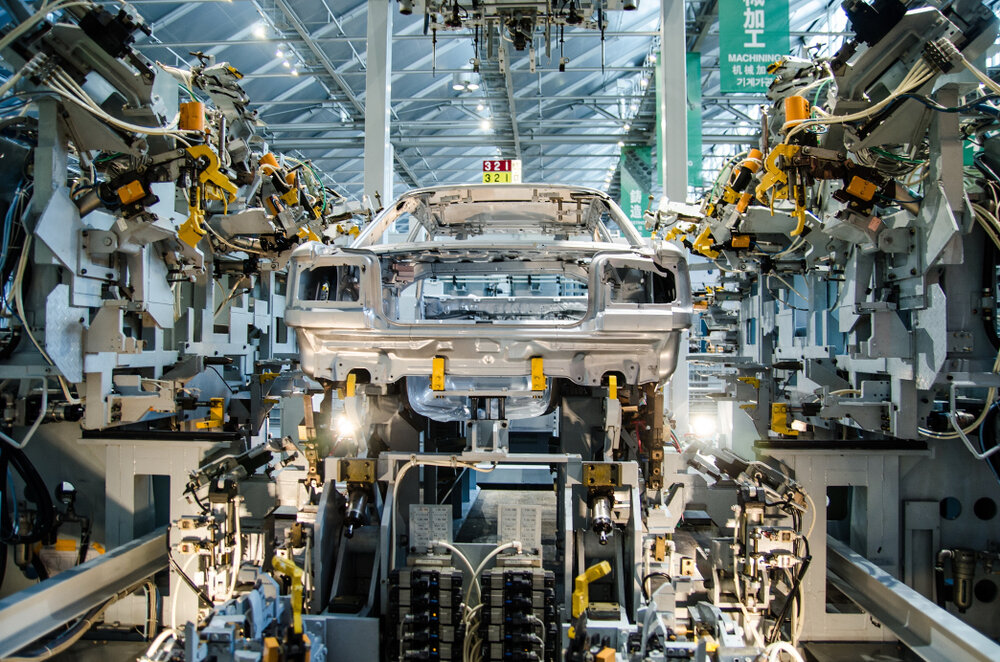Improving Resilience and Performance in Operations through Sustainability
Professor Peter Ball, Chair of Operations Management and Director of Business & Community Engagement at York University discusses how sustainability ambitions can translate into business results.
The challenge
With the globalisation and rise of digital, customers are ever more informed about the choices they can make and who they purchase from. Customers are increasingly expecting companies to take care of the complexities of ethical responsibility and will shun those that fail to live up to the standards that they, the customers, set. There are pressures on productivity to be cost competitive and the necessity to address resilience is coming to the fore. It is interesting that companies are considering the competition for material supply and how they secure it. So too have companies’ Brexit preparations resulted in their workforce being trained to be more flexible and resilient to operational challenges. As well as companies openly talking about climate change and the threats to both their operations, customers and communities.
Operations has evolved. The relentless focus on improvement means we have higher quality, more productive staff, automation, less directs, less indirects. The lean philosophy has transformed operations globally. At times it was only associated with the negative language of less waste but now accepted to include the positive language of more value. The environmental debate has also moved on, some companies are starting to use net positive language, i.e. improving the environment around them. Moving onto the third, social pillar of sustainability, we are increasingly discussing improving employees wellbeing and communities away from avoiding harm and accidents. By analogy, our fire and rescue services spend more time preventing fires than putting them out. Overall, the message can be positive: greater company wealth, environmental health and community health.
Lean and Sustainability
Lean thinking and the pervasive 5S method are core to supporting productivity in an organisation. Making processes efficient is an essential precursor to any further advance through automation, be it hardware or digital. Tackling visible wastes are well practiced in most organisations to examine the best use of our people and the products they handle.
Leading organisations have for some time been tackling less visible resources to improve wider resource productivity, not just labour and material productivity. Companies such as Toyota who are held as one of the leaders in efficiency have reduced their energy consumption by over 30% in the last 10 years by looking at operations differently and are using smart technologies to progress further. Others such as Unilever not only publish similarly impressive achievements for energy, water and waste, they publish the progress towards their targets.
Eco-efficiency practices could be as ‘basic’ as more energy efficient lightbulbs. The leaders don’t just see this as simply cost savings, it’s a way to engage employees, improve health and safety, product quality and productivity. Changing lightbulbs is similar to the nudges of the supermarket 10p carrier bag charge and Blue Planet putting rubber ducks in the ocean. They are good nudges but must be part of a journey of genuine sustained fundamental change.
Other on-site practices could be to capture waste heat to use elsewhere or capture and sell unavoidable waste materials. Working with the supply chain in the broadest sense brings significant business advantages. For example, using circular economy thinking, eurocell capture post-consumer waste uPVC window frames. The recycling process avoids trade customer landfill charges and provides a material supply stream for new windows giving them resilience to material price and availability fluctuations.
Being eco-efficient allows organisations to be more efficient at running their business on the same model. But efficiency improvements become harder and harder to make and performance will plateau. Step changes are required to improve performance further. In addressing the challenge of operating in a less unsustainable way, some leaders are thinking radically about how they coordinate their value chain.
From Products to Services
Perhaps we should return used products in exchange for new. We take this for granted in car buying, but want about the clothes we wear? Getting credit for old clothes before buying new has been pioneered by Marks & Spencer. This is a radical change for clothing currently. Now combine this with Zozo digital body modelling, ASOS try before you buy, Next overnight forward logistics and the accepted high fashion return rates then the value proposition and resource utilisation changes dramatically.
Image Credit Rolls Royce





